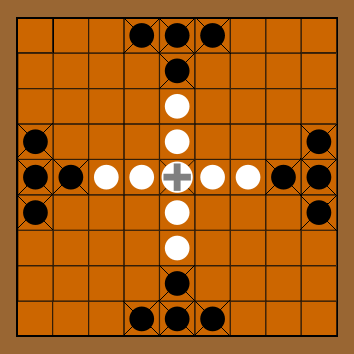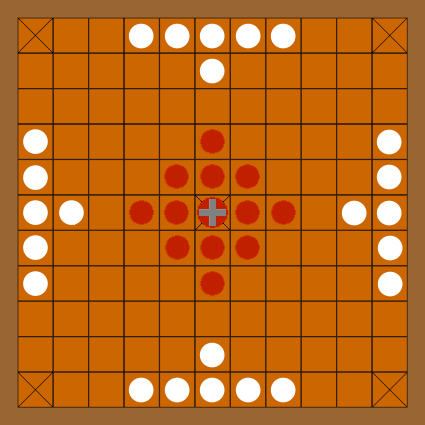Vikings ravaged their way through Britain and in doing so, they instilled terror in the populations along the coasts. However, it seems Vikings had a soft spot for board games when they were not pillaging their way from village to village. Archaeologists have discovered the burial sites of two Norse warriors, each of which contained bone game pieces and dice that had been buried alongside the men.

Researchers now believe the pieces had been buried alongside the bodies of the deceased both to commemorate their skills in the games they played during their lives, and to provide entertainment in the afterlife.
At the Perth Museum and Art Gallery, the curator Mark Hall has published a new study on the Northern Europe burial sites with the Viking board games.
Hall says that around Northern Europe, there have been 36 burial sites where board games of some description were found.
Hall highlights t two burial sites on the Orkney Isles of Rousay and Sanday, which remained under Norwegian rule until the 15th century when they passed to the Scottish crown. The Orkney Islands provided a foothold for Viking raids across mainland Britain.
A piece written in the European Journal of Archaeology by Mr. Hall stated, “Placing the gaming kit in the grave served to remember or commemorate that status and skill and to make it available for the deceased in the afterlife.”
One of the burial sites on Rousay, which was dated from the ninth century AD, contained one male who had been buried with 25 board game pieces that were made from bone and one die.

Another burial from around the same time that contained an adult male, an elderly woman, and a young boy was found on nearby Sanday Island. This group was buried in a boat with 22 whalebone playing pieces. Mr. Hall said “Thus equipping the deceased in burial would have seen them provided for in afterlife both as an act of remembrance and to make sure the dead were not lacking in anything, ensuring that they would move on and not – disturbingly – be drawn back to the living world.”
Hall writes: “Just as in life, where success on the gaming board – which needed strategic thinking as well as fighting ability – could be seen to confirm and add to the status of an accomplished warrior, in death the inclusion of a board game signaled ability and success as a warrior and by implication preparedness for the challenge ahead.”
The board games also acted as “provisions” for their challenge of the journey into the afterlife.

The Norse game called hnefatafl was one of the games that the playing pieces were used in. This was the game of choice for Vikings, and most of its popularity was due to the Vikings spreading it around to the places they travelled. Hnefatafl had a lattice board with two ‘armies’ that faced each other, kind of like chess. This game is a game of strategy that is similar to chess; it features two unequal teams, which have different goals, an attacking team, and a defending team. The attacker’s goal is to capture the king, while the defender’s goal is to let the king escape. The attacker also gets twice as many pieces, yet it is the defender that really has the advantage.
The dice found were probably used for an early ancestor to the game of backgammon, known as tabulal alea.
